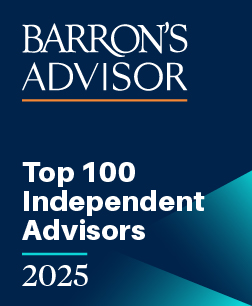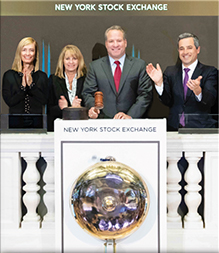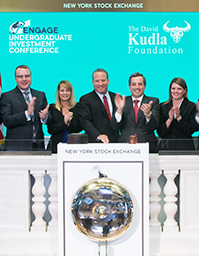When determining an appropriate investment portfolio, one’s risk tolerance is an extremely important component. Being too aggressive can cause undue worry and create nervousness. Conversely, being ultra-conservative can derail an otherwise solid financial plan. While many investors understand the risks associated with aggressive investing, few realize the long-term detriments that come with an overly conservative portfolio, especially when preparing for retirement.
A major risk to ultra-conservative investing is the erosion of purchasing power, otherwise known as inflation. This silent threat is often underestimated or overlooked entirely by investors. Inflation can destroy a seemingly solid financial plan over time, and being too conservative is one of the easiest ways for this peril to infiltrate a portfolio. While it is natural for individuals to shift toward more conservative investments as they age, this process should be deliberate, personalized, and based on individual circumstances and not based on generalized advice. Historical data illustrates that since 2000, general inflation has averaged around 2.55%, with a peak of 8.0% in 2022. To put this into perspective in real dollars: a basket of goods worth $100 in 2000 costs approximately $187.60 in 2025. For those who invest too conservatively, any returns their portfolios may generate are often wiped out by the rising cost of goods. In some cases, an ultra-conservative portfolio can actually lose value when adjusted for inflation.
Another hidden risk faced by ultra-conservative investors is a portfolio overly weighted in fixed products such as certificates of deposit (CDs), fixed annuities, pensions, Social Security, and large cash holdings. While these assets provide stability, they rarely keep pace with inflation, and if they do, they typically only match it rather than exceed it. While fixed income can serve as a foundational component of a retiree’s income strategy, over reliance on these tools can result in a portfolio that struggles to support long-term withdrawal needs. As the cost of living rises, retirees may find themselves needing to withdraw at increasingly higher rates, further accelerating the depletion of their savings.
Additionally, fixed income products often lack meaningful cost of living adjustments (COLAs). Even when a COLA exists, it is characteristically minimal. For example, while Social Security provided a historic 8.5% COLA in 2022, its average annual increase since 2000 has been about 2.5%. Pensions, meanwhile, rarely include any form of COLA, and their structure can limit the ability to pass wealth on to future generations. Pension payouts are calculated using IRS actuarial data that considers life expectancy. Although pensions offer guaranteed income during retirement, their legacy potential is minimal. If the pension recipient and survivor passes prematurely all remaining payments stop, and the funds stay with the pension provider.
While safety and predictability may seem attractive to risk averse investors, being overly conservative can unintentionally endanger long term financial security. Inflation, limited growth potential, and diminished legacy opportunities all present real challenges for portfolios focused too heavily on fixed income. Striking the right balance between growth and stability, customized to personal goals and risk tolerance, is essential for a sustainable and fulfilling retirement.
As always, it is important to consult a tax or investment professional before making these important decisions.
Click here to read more of my RetireMint articles. Follow me on Twitter or Linkedin.







